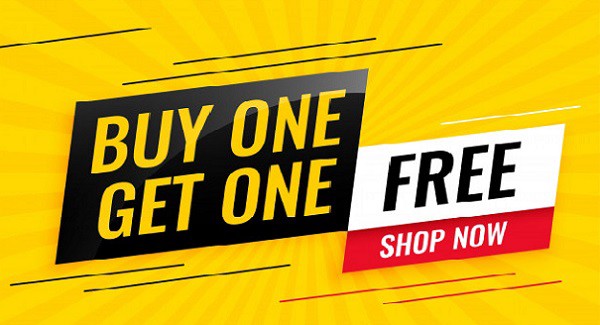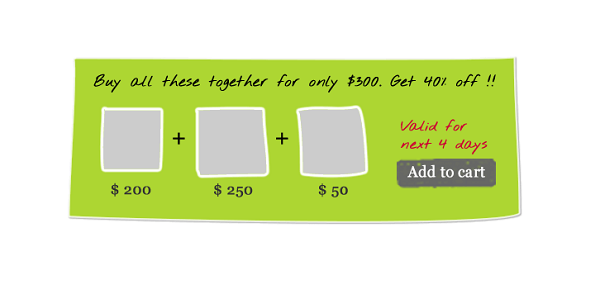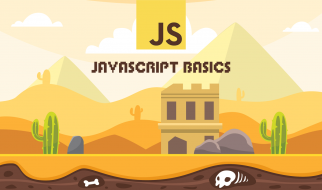In every store, you see signs that say ?Buy one get one free?, ?Buy this product and get a discount for that product?. The situation is the same at the fast food restaurant ?Buy meal deal, save $3?. Everywhere you look there are special offers, discounts for buying more products, etc. This is called bundle pricing. It?s a very common pricing strategy, especially in the retail industry. But what is it really and how does it work? We are going to answer those questions in this post.

Starting with an explanation of this strategy. Bundle pricing is a pricing strategy in which a company or seller combines several products and then sells them at a single price instead of charging separate prices for each of them. This means that a bundle is a product on its own since it has an ID, price, attributes, etc. It?s important to say that this strategy works well for services too, not just products.
The best example for illustrating bundle pricing strategy are restaurants. If you go to eat at one, you can get dinner for $40. It will include starts, the main course, and dessert. But you can get all of those separately and pay more, for example, $10 for starts, $25 for the main and $10 for dessert. So, if you take the deal they offer you?ll pay $5 less. If we are talking about fast food restaurants, the situation is the same, only the prices are a lot lower.

There are two basic bundle pricing strategies, which are pure bundling and mixed. Let?s see what each of them means and how you can apply them.
1. Pure bundling is when products are only sold together. In some cases, products don?t exist outside the bundle. The best example for that are TV channels offered by cable providers. They offer a number of packages and each one has a different combination of channels. If you want a specific one, that is offered in only one package, you have to get all of the others from that one. For example, if you want HBO, you will have to pay for HBO2 and HBO3 too, and other channels that go with it (depending on the provider). When you think about it, it makes sense for such products.
Pure bundling has three subcategories: joint bundling, leader bundling, and mixed-leader bundling.
- Joint bundling is when the two products are offered together for one bundled price.
- Leader bundling is when a leader product is offered for a discount if purchased with a non-leader product, accessory, etc.
- Mixed-leader bundling is a type of leader bundling with the added possibility of buying the leader product on its own.
2. Mixed bundling, also called custom bundling, is when customers are offered to purchase a bundle or separate products on their own. Consumers are offered complete cable, internet, and telephone packages. The price will depend on the level of service that the package provides. If you choose high-speed internet and maximum channels, it?s going to be much more expensive than getting a package with low-speed internet and minimum channels. Each of these services can be bought separately, but it?s just like the restaurant example ? it will be more expensive.

What are the advantages and disadvantages of bundle pricing?
Bundle pricing has many advantages. The most important one is it that it allows companies to sell their lesser known or unpopular products with the popular ones. It will also help attract different kinds of buyers: buyers looking for deals, buyers looking for convenience or buyers looking for advice on items that complement each other. Some consumers will be spending more than they initially wanted when they see an offer they like (if you offer the product that they already wanted to buy with something they wanted to try but never got to it). Product bundles have lower marketing cost because you are promoting two or more products with an effort and resources for one.
No matter how great a strategy is there is always a downside to it. The biggest disadvantage for this one is that it can lead to cannibalization of your products that can be bought outside of the bundle. For example, you are selling a laptop and a printer together, but also separately. Because of this more printers could be sold through the bundle than on its own. This does cause lower profit for that particular product. There is also a chance that some consumers won?t buy something if it can?t be bought separately because they feel forced to buy more. So it?s crucial to choose the right products for the bundle.
Product bundles are very popular among customers. They make their lives easier because they save them time looking all around the store for each product, they help them decided on products they weren?t sure about trying them, etc. When done right, bundle pricing strategy drives more sales and profit for the companies, which is why it?s one of the most used ones.
What do you think about bundle pricing? Let us know, we would be happy to hear your thoughts!


